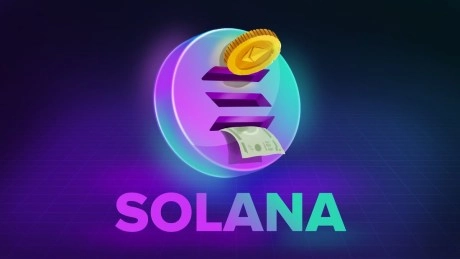- Homepage
- >
- News
- >
- Business
- >
- Dirty Pop—How blockchain tech can help prevent Ponzi scams
I recently watched ‘Dirty Pop: The Boy Band Scam’ on Netflix. I was simultaneously enthralled and horrified by how Lou Pearlman, the music mogul behind the Backstreet Boys and NSYNC, ran one of the biggest Ponzi schemes in American history.
Pearlman stole approximately $300 million from investors, banks, friends, and family. He had convinced them to invest in companies that either didn’t exist or weren’t as successful as he claimed. In classic Ponzi scheme fashion, he used money from new investors to pay old ones before getting caught and eventually sentenced to 25 years in prison in 2008.
Throughout the show, I couldn’t help but think about how a scalable public blockchain could have prevented Pearlman and other Ponzi conmen like Bernie Madoff from duping their victims. While it’s too late for them, it could prevent the next big scam and save investors money and lives.
Public blockchains – the immutable truth machines
In essence, blockchains are public ledgers akin to financial books. Being public, they are transparent and auditable by anyone.
Contrary to popular opinion, Bitcoin and similar systems are not anonymous. Every transaction in the system’s history is visible in clear text on the public ledger, and every transaction that occurs on it in the future will be, too.
Furthermore, transaction records cannot be altered once they are confirmed. The ledger’s state is decided by decentralized consensus between nodes, and even if records were updated, those changes would be shown rather than overwriting the original entries.
It’s not difficult to see how such a system could make Ponzi schemes like Pearlman’s difficult to carry out. Fundamentally, these scams depend on keeping multiple sets of books, creating false transactions to make it seem like actual business activity is occurring, and paying older investors with new investors’ money.
Such fraudulent activity would soon become evident if all records were visible on a public blockchain—the false activity wouldn’t show on the ledger, and it would be impossible to erase or cover up old ones. Anyone with basic pattern detection skills could quickly find out that new deposits were paying out old investors.
Better yet, blockchains would make it easy to confirm or expose claims like the type Lou Pearlman made to entice investors. Investors would need only to ask for cash positions, assets, and cash flow, and they could check claims against the public records on the blockchain. It would be as simple as saying, “tell me your wallet addresses,” and verifying their balances and transaction histories.
AI analytics can supercharge fraud detection
Combined with artificial intelligence (AI)-powered analytics, blockchain tech makes it much easier for regulators and law enforcement to spot scams and alert investors. While some suspicious activity might make it past individual investors’ radars, it would be unlikely to do so if regulators with advanced analytics tools were scanning records and looking for red flags.
In a nutshell, public scalable blockchains eliminate the need for trust. What scammers like Lou Pearlman or Madoff claim could be verified or exposed as lies, eliminating the need to rely on their word. There would be one set of immutable financial books with a transaction history that no one can manipulate.
Given how Pearlman’s Ponzi scheme caused his lifelong friend, Jerome Rosen, to take his life and how Madoff’s con led to dozens of suicides, we must move to a blockchain-based financial system as soon as possible.
The next big Ponzi could be operating today or coming to a venue near you soon, and it can be prevented by moving to a system where records can be publicly audited, verified, and falsified. For this to happen, blockchains must be public, scalable, and capable of many transaction types.
In Satoshi Nakamoto’s immortal words, we need “one global chain” to create the transparent, honest world he hoped to create.
Watch: Breaking down solutions to blockchain regulation hurdles
title="YouTube video player" frameborder="0" allow="accelerometer; autoplay; clipboard-write; encrypted-media; gyroscope; picture-in-picture; web-share" referrerpolicy="strict-origin-when-cross-origin" allowfullscreen="">



